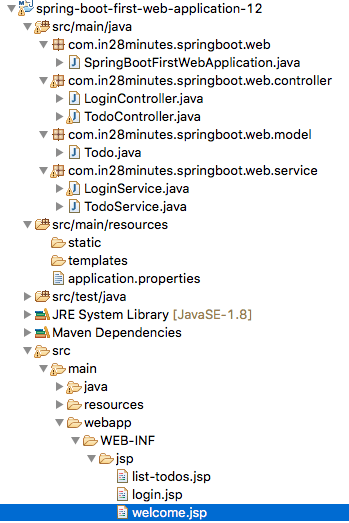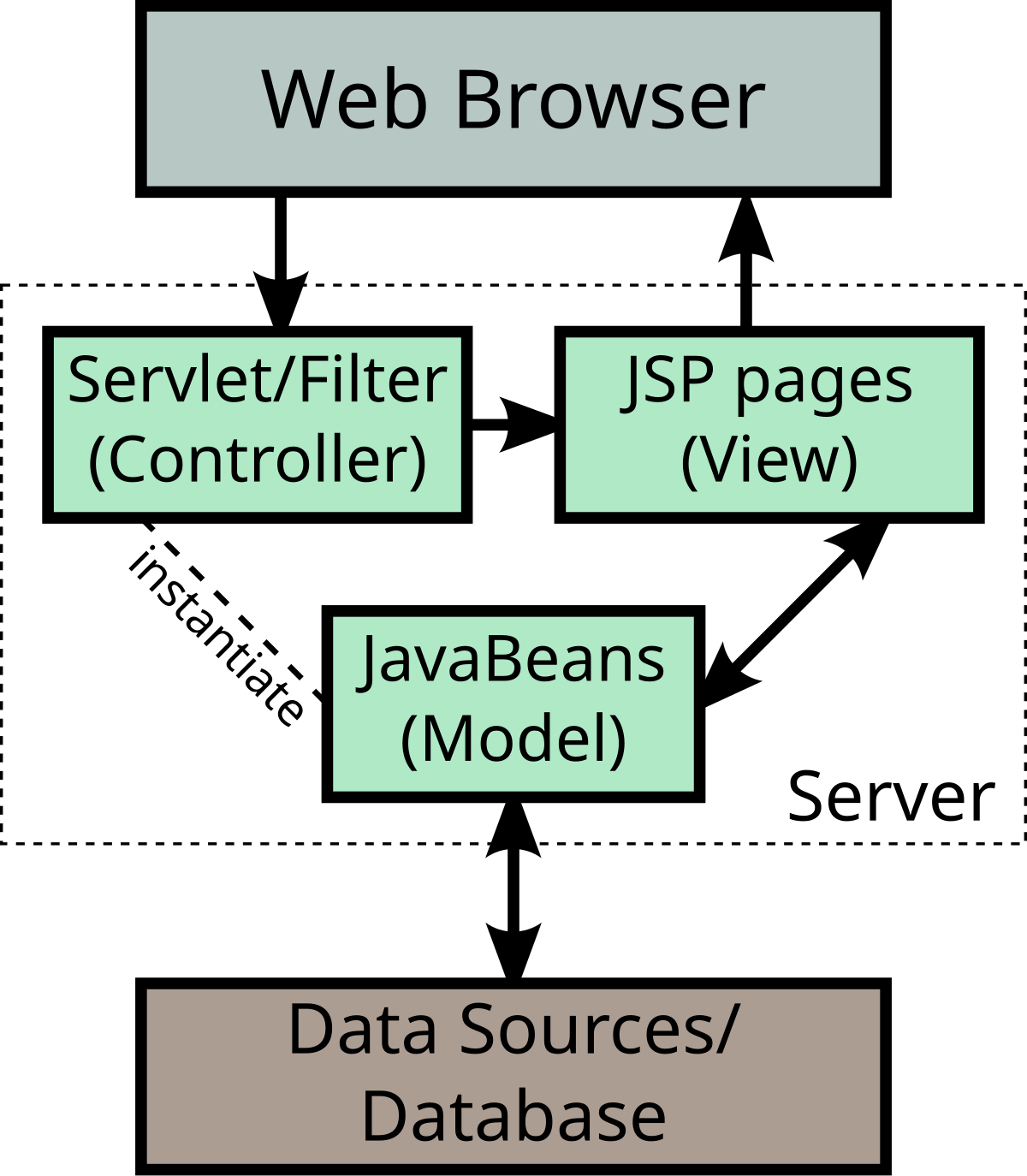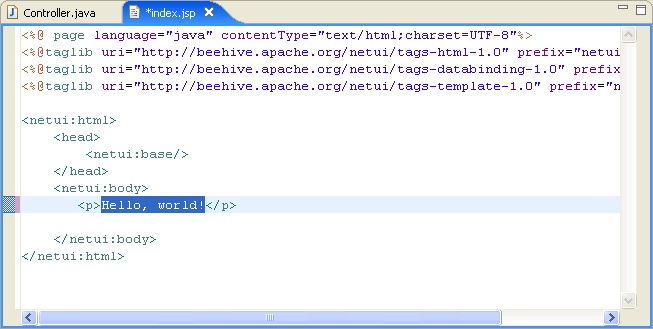Roads & PavementRoads & Pavement
Barefoot
Minimal
Low
Medium
High
Maximal
All around running shoes offer comfort and cushioning for daily runs, jogs, walks, and long mileage. They offer enough versatility for both faster and slower runs and are a great option for those who want one running shoe to do it all.
Fast run or uptempo running shoes are lightweight and responsive. They offer streamlined designs that have minimal uppers and offer a high level of energy return. These shoes are a great option for faster runs in the week or those looking for a livelier experience.
Max Cushion shoes offer premium cushioning with ample ground protection and a stable ride. These types of shoes provide abundant impact protection that softens landings while running at any pace or distance. These types of shoes are best for slower recovery runs and easy days where comfort takes priority.
Racing shoes are designed with optimal performance in mind. These types of shoes have snug-fitting uppers, energetic midsole foams, and features implemented for maximum efficiency. These types of shoes are best for runners looking to gain the ultimate advantage in races but may sacrifice some durability and comfort.
Gym Workout shoes offer a stable and versatile ride. They have a firmer underfoot feeling that provides stability for lateral movements with comfortable uppers. These types of shoes are best for trips to the gyms, cross training, casual wear, and light running. JSP model 2 architecture Wikipedia
Road running shoes feature smooth outsoles that are designed for running on paved surfaces such as roads, sidewalks, and bike paths.
Designed to handle most trail runs, these shoes prioritize comfort and a smooth ride. These shoes are great for anything from smooth singletrack, park trails, and fireroads making them ideal for those who run from their doorstep on streets before hitting the trail.
These shoes are best used for hard, rugged trails such as shale, granite or sandstone where grip on smooth surfaces and underfoot protection are important.
Designed for use in muddy, soggy conditions, these shoes feature very aggressive outsoles that dig deep into soft ground for exceptional traction.
These shoes feature technical outsoles designed to grip snowy and icy trails making them ideal for winter trail running.
Cushioning level, or stack height, refers to how much shoe is between your foot and the ground. For this category, we reference the amount of cushioning below the forefoot as the heel height will be equal to or greater than the forefoot height.
Getting Started Tutorial Step 3 Creating a Web Project and Page Flow
0-13mm. The Shoe generally does not have a midsole and feels like there is no cushioning. This shoe is all about feeling the ground underfoot.
14-18mm. The shoe has a thin midsole that allows for a natural running experience. Racing shoes and minimalist shoes are common here. These shoes offer a feeling of being connected to the road or trail.
19-23mm. The shoe has a slightly cushioned feel and may feature added cushioning technologies. Performance training shoes and some trail shoes are common here. These offer protection during footstrike but prioritize a lightweight, grounded experience.
24-28mm. These shoes have a stack height that fall near the middle of the spectrum.The shoes in this category are verstaile and great for all types of runs and distances.
29-34mm. The shoe has a thick midsole and ample cushioning. These shoes are highly protective and absorb more impact than the body.
35mm plus. The shoe has an extremely thick midsole and extra cushioning. The focus is on protection and soft foam underfoot with hardly any ground feel.
Neutral shoes support the foot through a normal range of arch collapse and generally do not have a built-in technology to correct movement.
Stability shoes are a great option for those who overpronate or need added support. These shoes help to limit the inward rolling motion of the ankle while running or walking and assist in guiding the foot straight through the gait cycle. Jsp Model 2 architecture MVC PremAseem.me
Product Details:
Spring Web MVC Overview for Beginners Apps Developer Blog shop, Eclipse Java Issue finding the controller Stack Overflow shop, MVC Pattern My learnings and experience with Java shop, MVC Architecture Model 2 Architecture shop, JSP model 2 architecture Wikipedia shop, Integrating Servlets and JSP The Model View Controller Java shop, Spring Controller Spring MVC Controller DigitalOcean shop, This is my controller list user.jsp and listuser output page is shop, Springboot MVC Passing Values from JSP to Controller Java Infinite shop, Implementing Spring Boot MVC CRUD operations with JPA and JSP by shop, Java Registration Form using Servlet and database Krazytech shop, About the Model 2 Versus Model 1 Architecture shop, Creating MVC Database Web Application in JSP and Servlets shop, JSP internal server error calling a java method in an external shop, A Comprehensive Example of Implementing MVC Pattern in JSP Using shop, Spring MVC Example DigitalOcean shop, Spring MVC without Controller Example shop, Servlet JSP and Spring MVC A Tutorial First Edition Book shop, Run JSP in Spring Boot App Call JSP from Controller in Spring shop, Jsp Model 2 architecture MVC PremAseem.me shop, Getting Started Tutorial Step 3 Creating a Web Project and Page Flow shop, JSP model 2 architecture Wikipedia shop, Creating a Web Application with Spring Boot with JSP Spring Boot shop, Spring MVC Iterating List on JSP using JSTL GeeksforGeeks shop, Using Model View Controller in Your Web Applications shop, Model view controller MVC pattern with Struts shop, Spring MVC Controller opens wrong .jsp file Stack Overflow shop, Sending Data From Jsp to Controller using ModelAttribute and Spring form in Spring Boot Application shop, java How to use Spring 4 Rest Controller to serve for Jsp view shop, JSP Servlet MVC shop, Struts framework and model view controller design pattern shop, JSP Architecture JSP Processing DataFlair shop, java Return custom jsp from controller Stack Overflow shop, Scriptless JSP Pages The Front Man shop, Building Web Applications with Spring MVC shop, JSP MVC shop, Java MVC Web Application using JSP and Servlet shop, Learn Servlet JSP By Building A Social Network Website Part III shop, Chapter 4. What is MVC shop, About the Model 2 Versus Model 1 Architecture shop, Model View Controller MVC TechGuruSpeaks shop, JSP MVC Tutorial shop, The Model View Controller approach Struts shop, JSP model 2 architecture. The controller receives the request and shop, MVC Architecture in Java with JSP Application Design Example shop, JSP Access Model GeeksforGeeks shop, MVC in JSP Application with Examples Dot Net Tutorials shop, Model View Controller MVC with JSP and JSTL Servicelab shop, JSP Servlet MVC Example with Database shop, MVC in JSP javatpoint shop, Product Info:
Controller jsp shop.
- Increased inherent stability
- Smooth transitions
- All day comfort
Model Number: SKU#7281027





